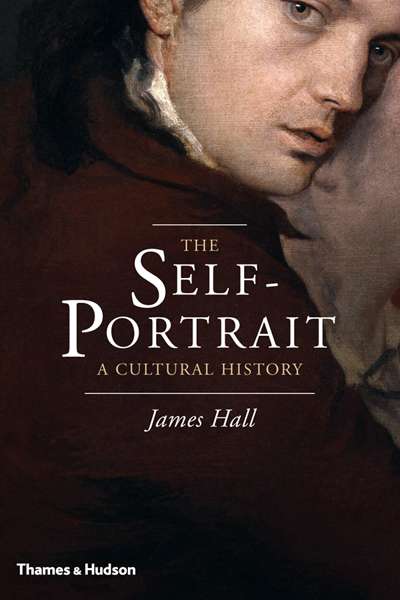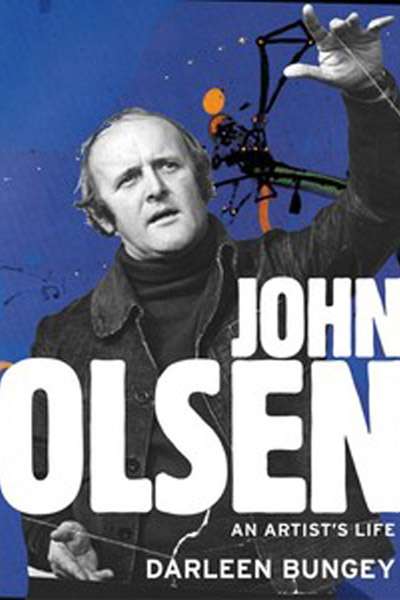Arts
Masterpieces from the Hermitage: the Legacy of Catherine the Great (NGV International)
Eight galleries of NGV International have been radically reshaped to host Masterpieces from the Hermitage, invoking the world of unbounded opulence of Russia’s Catherine the Great (1729–96). The installation, designed by the NGV’s Ingrid Ruhle, is dazzling, mimicking as it does the grand style of the State Hermitage Museum and incorporating some ...
Awakening: Four Lives in Art by Eileen Chanin and Steven Miller
Every student of Australian art knows that when Arthur Boyd went to London in 1959 and paid his first visit to the National Gallery, two paintings laid siege to his imagination. Titian’s The Death of Actaeon was one from which came Boyd’s tormented
... (read more)Many good books are published about Australian art, but few change the way we see and understand it. When Andrew Sayers’ Aboriginal Artists of the Nineteenth Century appeared in August 1994, it immediately did that, as the critic Bruce James was quick to recognise







